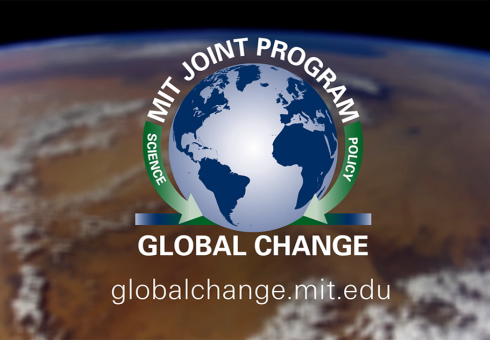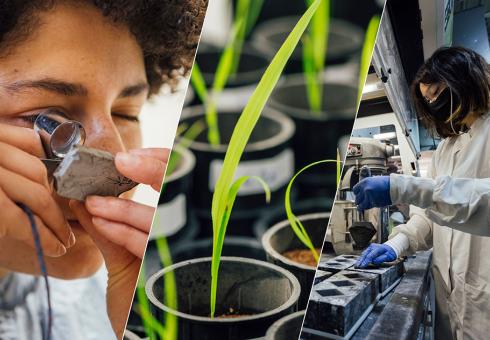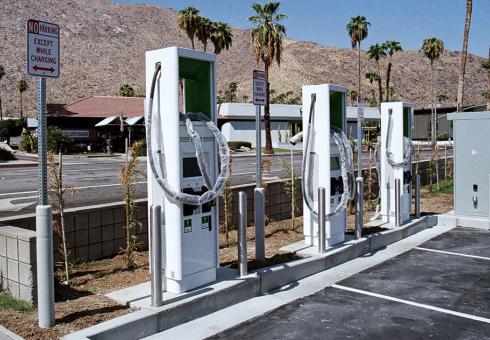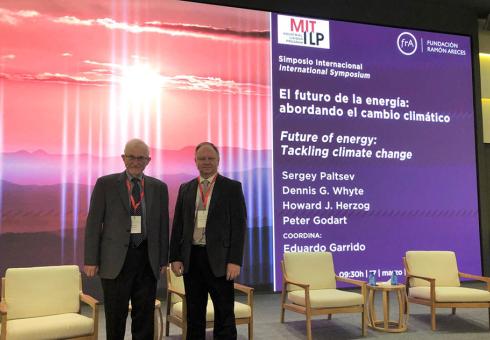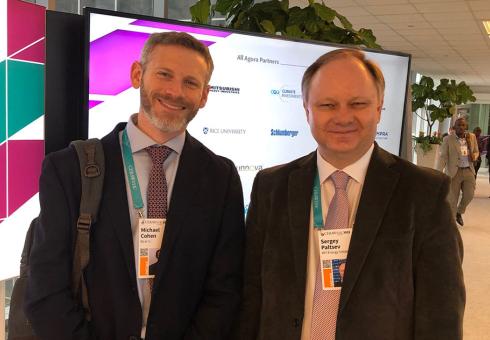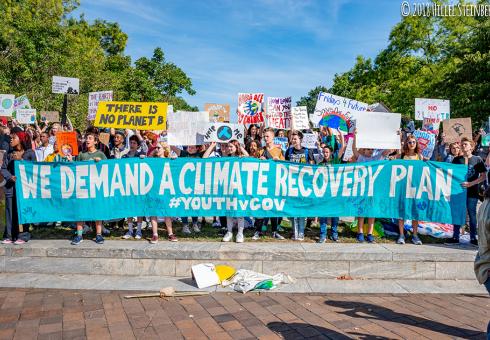Earth Day release underscores the program's mission to advance a sustainable, prosperous world
News and Outreach: Sergey Paltsev
Joint Program researchers participating in three: Bringing Computation to the Climate Challenge, Preparing for a new world of weather and climate extremes, and The Climate Resilience Early Warning System (MIT News) (Coverage: Boston Business Journal)
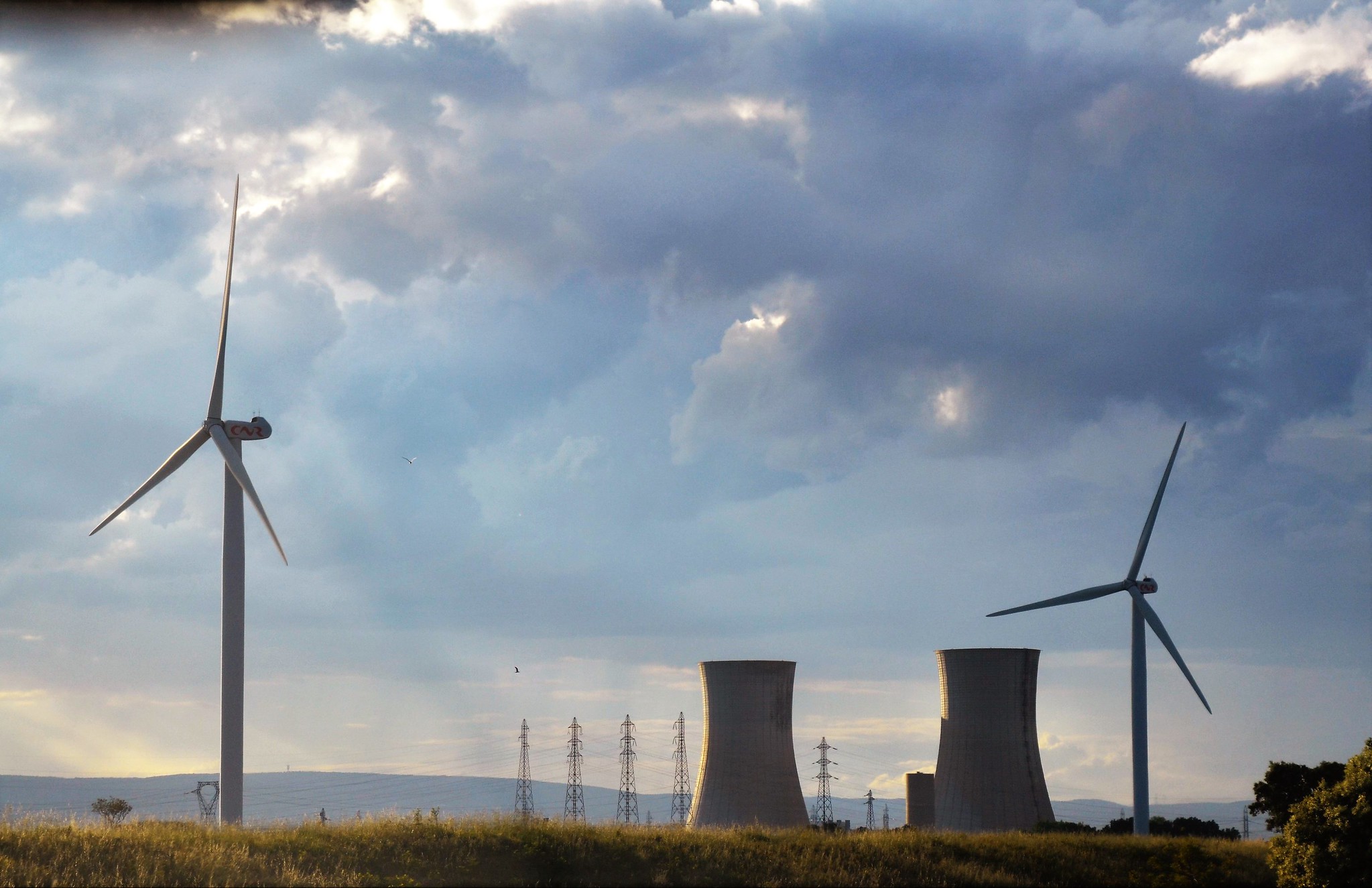
Uncertainty quantification of socio-economic outcomes can be combined with scenario discovery techniques to explore a full range of outcomes and provide insight into associated likelihoods while also identifying individual scenarios of interest.
New study reveals multiple pathways for a successful energy transition by 2050
Council of Economic Advisers/OMB white paper highlights MIT Joint Program's EPPA and USREP as model examples (pp. 25-26) (White House)
Key takeaways from the XLIV (44th) MIT Global Change Forum
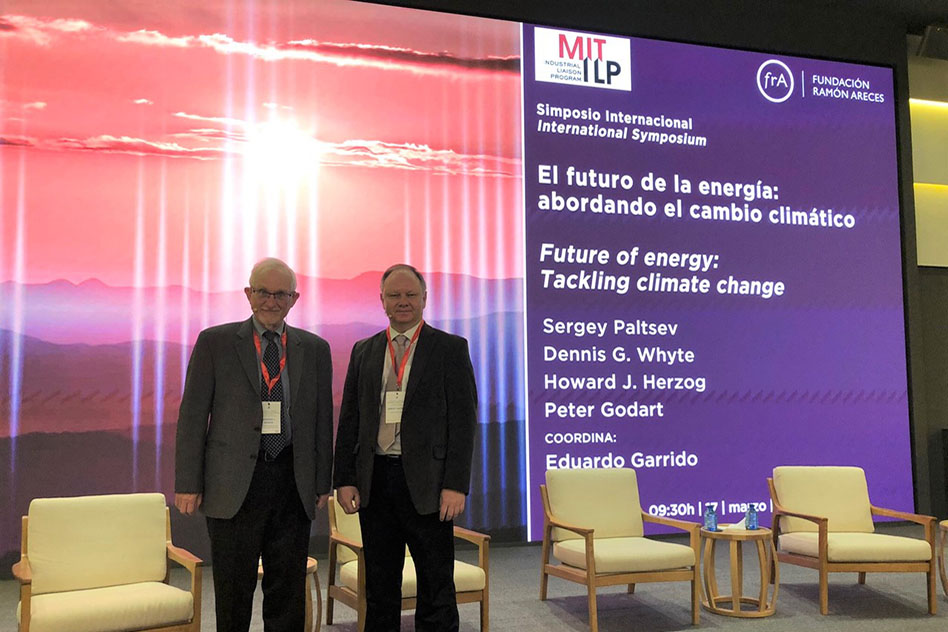
Currently, there is no magic bullet for fossil fuels—no one energy technology that can provide a cheap and reliable alternative capable of supporting the world’s growing energy needs.
MIT Joint Program Deputy Director Sergey Paltsev explores technology and policy options at international energy symposium
Deputy Director Sergey Paltsev speaks on decarbonization pathways at international energy forum
Growing demand for an energy transition could move the needle, but not far enough
MIT Joint Program research scientists are co-investigators on one-third of the selected projects, with a focus on decarbonizing complex industries and preparing for climate extremes. (MIT News)

